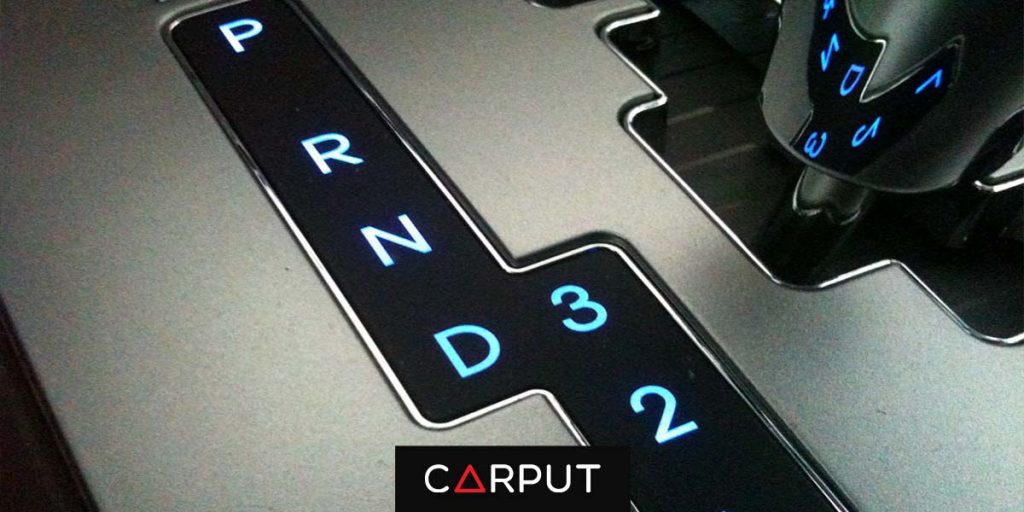
You might have your own preference on which gear to shift to when stopping at the traffic light. Three gears to choose but which is the most ideal of them all?
Let’s compare the benefits and disadvantages of shifting between the gears in the aspect of wear, fuel consumption and safety.
Leaving the Gear at Drive (D)

Wear n’ Tear: The forward creep in D is caused by the transmissions torque converter, it is all done hydraulically and nothing is wearing to worry about. As for the wheel brakes, they are not rubbing but are stopped and they will not wear at all while holding the forward creep of the car when in D.
Fuel Economy: In a modern car there is an idle control valve which the computer opens to increase air entering the engine so the engine does not stall. So there is actually more air entering and the computer senses this and adds a bit more fuel as well. So, when you are at the lights, being in D will consume a little more fuel than if it is in N.
Safety: You will need to keep your foot on the brake until the light turns green. It can be dangerous if you are feeling sleepy because the next thing you know, your car is in the middle of the junction or at someone’s bumper. Also, your brake lights may be an eyesore for the drivers behind you.
Shifting to Neutral (N)

Wear n’ Tear: The transmission clutch plates wears with each shift from D to N, and back to D. The friction from shifting between also heats up the clutch plates resulting in dirtier transmission oil which causes other component failures.
Fuel Economy: The amount of fuel saved is too little to be considered as a benefit. The wears on the clutch plates are more significant in the long run. Some modern cars with fuel-saving features shut the engine at the lights so N is automatically selected by the computer.
Safety: In an emergency situation, you may need to drive away unexpectedly to avoid an accident but with the gear in N, you may need a longer time to respond. Also if you panic, you might select the wrong gear and ram into the car behind you.
Shifting to Park (P)

Wear n’ Tear: By shifting from D to P, the clutch plates must go through several gears. If you shift to P at every stop light, the wear on the clutch plates and park pawl can be significant in the long run. To depend solely on the parking gear without engaging the hand brake will wear the parking pawl.
Fuel Economy: The parking gear works like the neutral gear. The wear on the clutch is a bigger deal compared to the fuel saved.
Safety: Imagine this, you shift your gear to P at the traffic light and a car accidentally rams into you from behind. Not only you will have a smashed bumper but also severely damage the parking pawl which will lead to the parking pawl or transmission linkage failure.
Disclaimer:
*The author does not suggest that any of the gear is the best or ideal for use while stopping at the traffic lights.
**Information in this article may only apply to certain car models. Cars equipped with brake assist system, istop function, start/stop function, etc. will have different transmission mechanics.
Which do you think is the best gear while stopping at the traffic lights? Take the poll and let us know your traffic lights mantra!
To have a car break down at the traffic light junctions can be a total mess to the flow of traffic. Download the CARPUT app today for car battery change, jumpstarts, towing, flat tyre help and emergency petrol delivery!



